This is the next book in the Nguyen Van Huyen book series produced by Nha Nam from 2016 to present, along with the books "Vietnamese Civilization" (2016), "Vietnamese Festivals and Tet" (2017) and "Vietnamese Life: Residence - Architecture - Singing" (2020).
The special feature of the book is that two studies were published for the first time: “Research on Vietnamese customs” and “Research on a Vietnamese commune: Duong Lieu commune”. Due to the complicated situation in 1944-1945, these works did not have the opportunity to be printed into books, but only existed in the author's manuscript form.
In the book “Administrative Geography and Customs of the Vietnamese”, besides the village/commune unit which Nguyen Van Huyen himself has investigated and described very carefully in previous works, this time he wants to look at administrative geography at a higher level through two units of province and canton.
 |
The book "Administrative Geography and Customs of Vietnamese People" at Nha Nam Bookstore. |
These are also two separate administrative units with many unique features of traditional Vietnam, which clearly demonstrate the stratification and administration of the central feudal government, and at the same time most vividly reveal the lives of the people in the countryside of the Northern Delta.
Unlike French scholars, Nguyen Van Huyen had the position and conditions of a native intellectual, allowing him to see through all the unity and complexity, cooperation and struggle, and tension between villages/communes in a commune around a mat in the middle of a communal house or a pond, a piece of alluvial land that could bring many benefits.
Along with the notes, Nguyen Van Huyen also provided information by drawing maps, analyzing data, creating tables, diagrams, etc., thereby providing "a mine of information" as he affirmed. Therefore, the results of his administrative geography research far surpassed previous geographical records and at the same time laid the foundation for scientific knowledge about traditional Vietnam.
Another special point of the book, like previous research works of scholar Nguyen Van Huyen, is that he is very interested in and focuses on the content of customs and practices in the lands that he surveyed and conducted fieldwork. No longer just dry information and documents, the book has attractive content for readers such as the story of a lawsuit between two villages when a villager accidentally let the hem of his shirt encroach on the mat of another village outside the communal house, or the story of General Ly Phuc Man during the Ly Nam De period who was worshiped by 18 villages... There are stories that exude humor, there are stories that hide layers of meaning, but all show the realities of society and people in that period.
In addition, through the specifics of the administrative geography of the village, Nguyen Van Huyen helps us understand more deeply the depth of familiar proverbs: “Public land is almost twice as large as private land. It should also be added that these alluvial lands are extremely fertile: each year, one can earn up to 3,000-4,000 dong in profits per hectare of alluvial land. Therefore, village members often fiercely dispute over common interests. Some proverbs clearly reflect this spirit, such as: 'A piece of meat in the middle of the village is worth a basket of kitchen corner', or 'A piece of meat from the village is worth a basket of meat bought'”; “People in the area still talk about a famous lawsuit in 1796 related to fishing, the outcome of which was in favor of Que Duong. The local proverb 'Ke Gia lagoon, Ke Sau fish' probably describes this bitterness of the people of Yen So village. The lagoon belongs to Ke Gia people, but the fish belongs to Ke Sau people”;…
 |
Associate Professor, Dr. Bui Xuan Dinh and Editor Dao Le Tien Sy share about the book. |
Associate Professor, Dr. Bui Xuan Dinh, former Head of the Department of Research on the Vietnamese-Muong language group, Institute of Ethnology, shared that scholar Nguyen Van Huyen is one of the first Vietnamese ethnologists to be formally trained in France, and his research works also bear the strong imprint of French research methods, from focusing on fieldwork, surveying, observing and collecting all information, systematizing by genre...
Associate Professor, Dr. Bui Xuan Dinh also said that scholar Nguyen Van Huyen's writing style is very soulful, attractive and reflects his meticulous research. He not only outlined the first steps but also opened up new research directions in the field of ethnology.
Dao Le Tien Sy, the book editor, said that the book was given to the editorial team by Associate Professor, Dr. Nguyen Van Huy, son of scholar Nguyen Van Huyen, with very detailed instructions. The book was completed in a rather urgent time, so there are still many things that the editorial team regrets not being able to do.
“The book was made very elaborately, requiring a lot of research because the original version by scholar Nguyen Van Huyen was in French. We regret that there are many ancient place names in the book that we have not been able to update with their current names for readers to see more clearly, due to the urgent time conditions,” said Editor Dao Le Tien Sy.
Nguyen Van Huyen (1905-1975) was one of the leading scholars of Vietnam in the 20th century. His works were of particular importance in shaping the basic understanding of the Vietnamese people and society with profound influences that continue to this day.
The book is published with funding from the Vietnam Innovation Fund (VINIF).
Source: https://nhandan.vn/ra-mat-cong-trinh-nghien-cuu-chua-cong-bo-cua-hoc-gia-nguyen-van-huyen-post795377.html



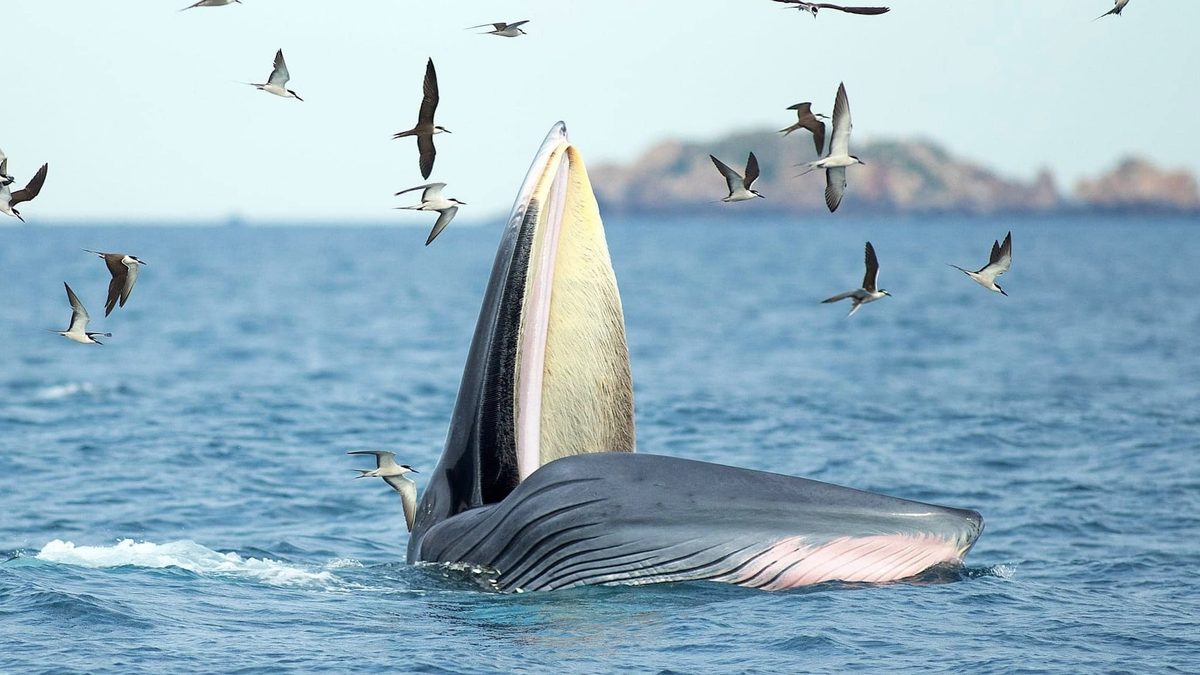

![[Photo] General Secretary To Lam receives Australian Ambassador to Vietnam Gillian Bird](https://vphoto.vietnam.vn/thumb/1200x675/vietnam/resource/IMAGE/2025/6/26/ce86495a92b4465181604bfb79f257de)
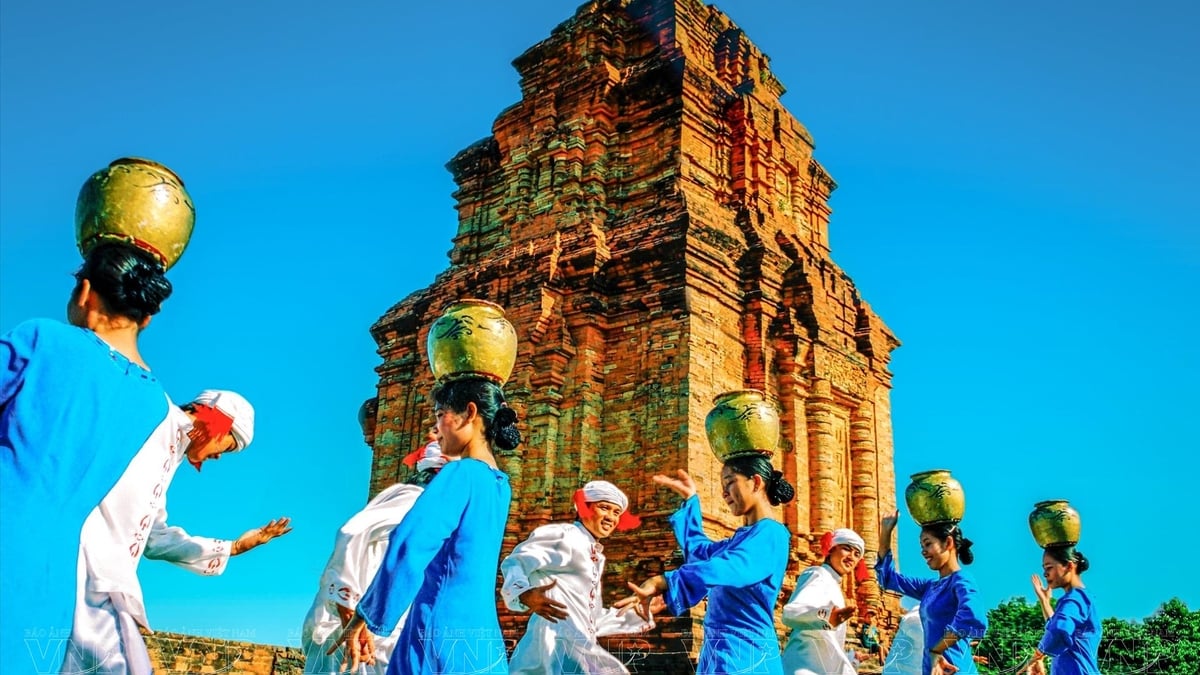







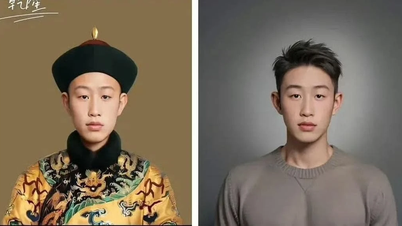






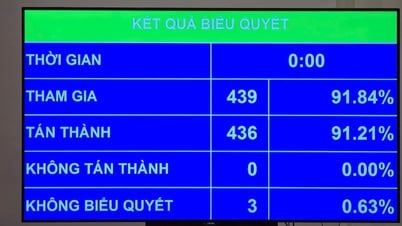


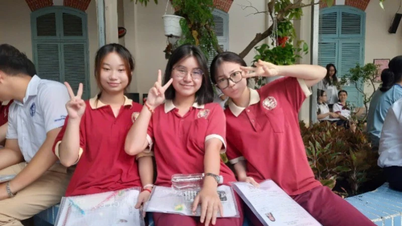



![[Photo] Candidates take the first graduation exam with the new Literature topic](https://vphoto.vietnam.vn/thumb/1200x675/vietnam/resource/IMAGE/2025/6/26/dfded9e317554c25a3e26defe672ebb7)
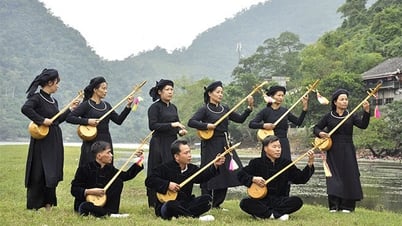



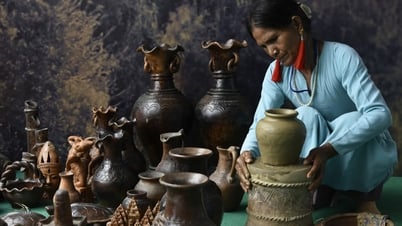


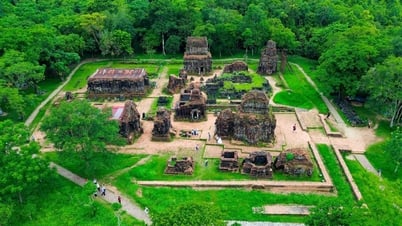


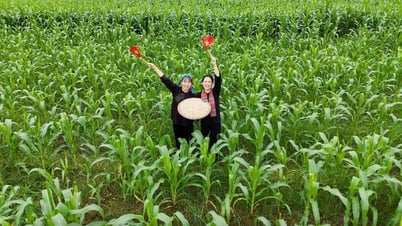

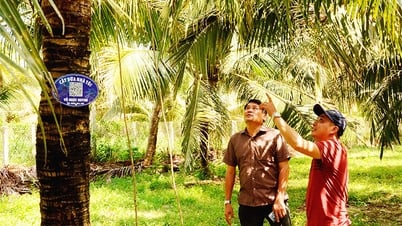



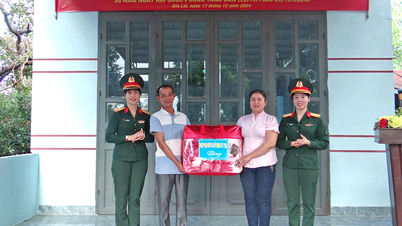



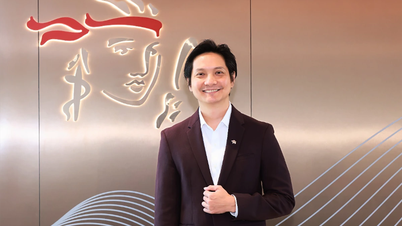






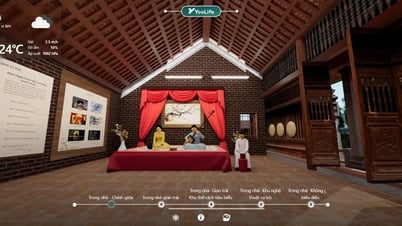




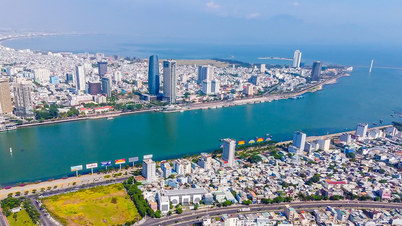

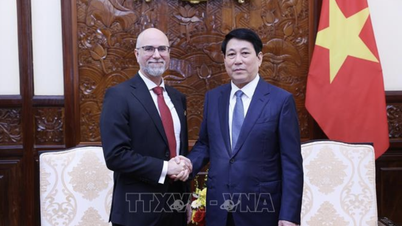
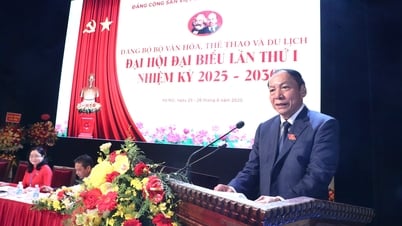

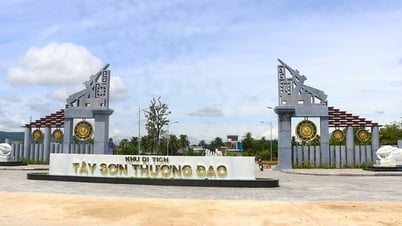

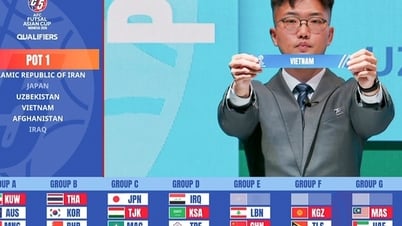

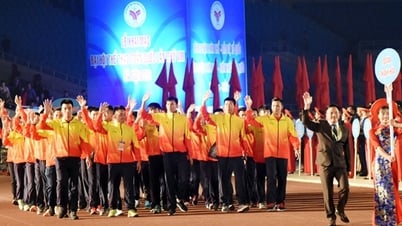

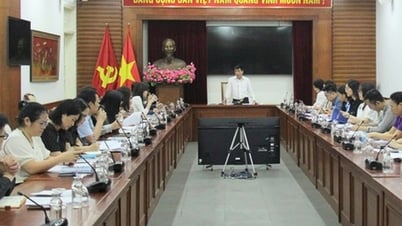
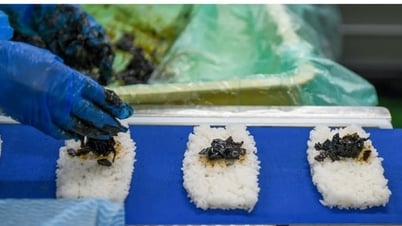

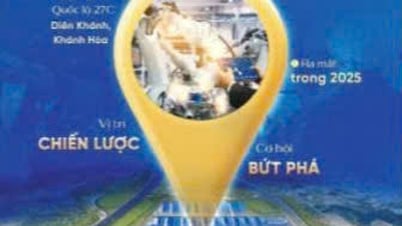


















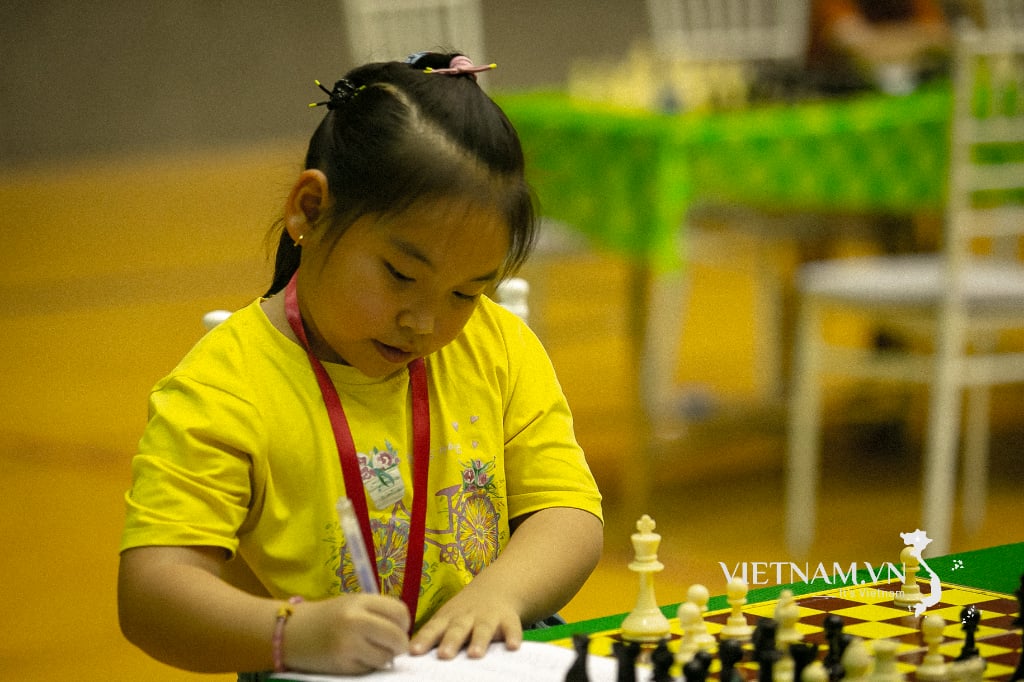

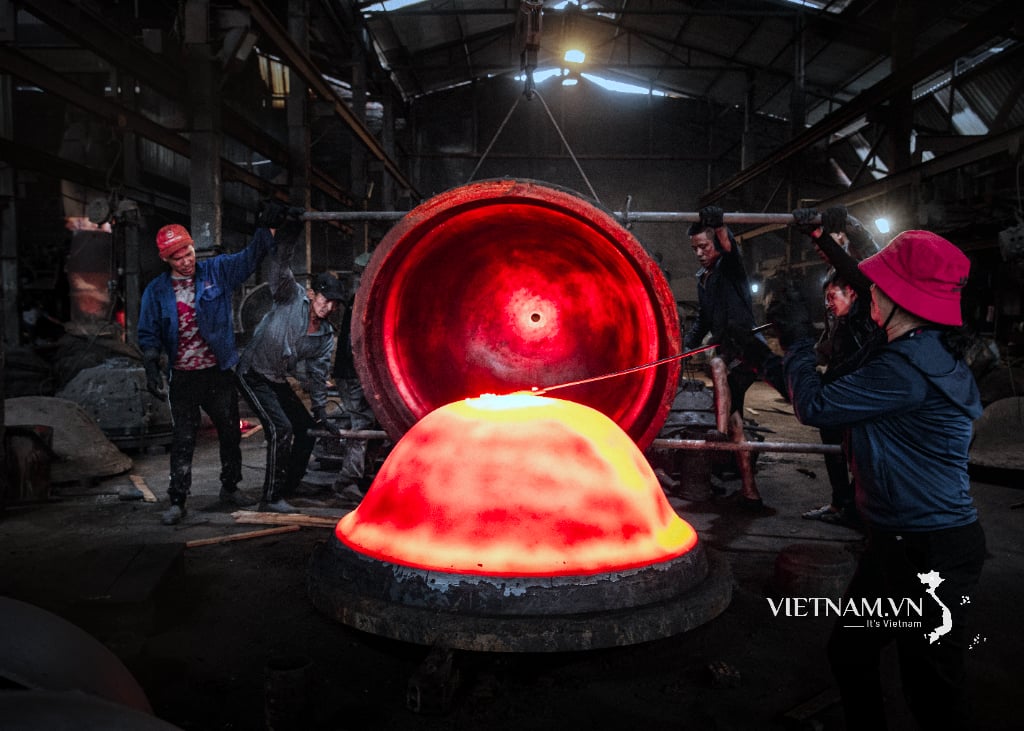
Comment (0)